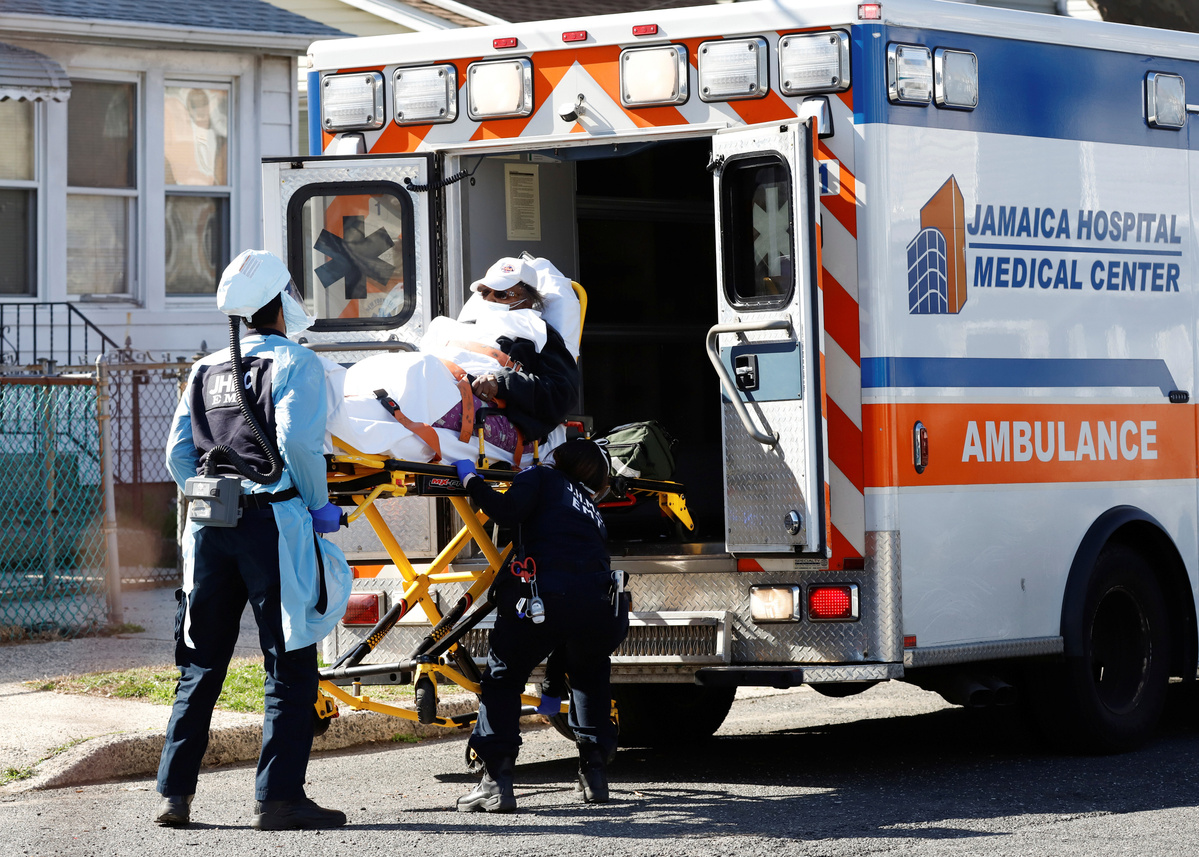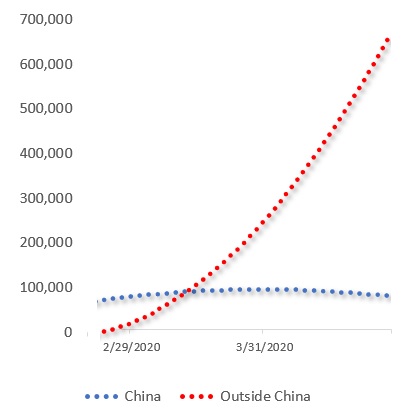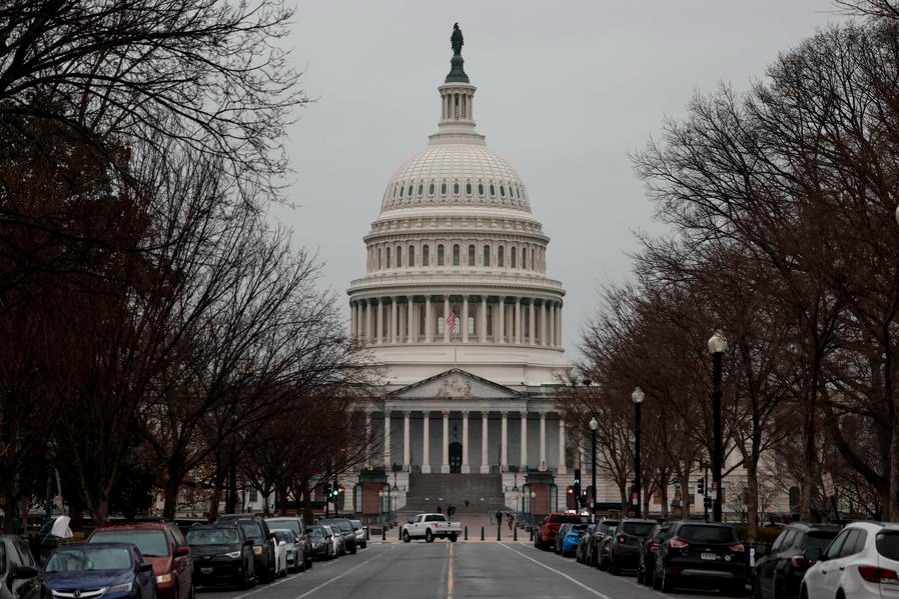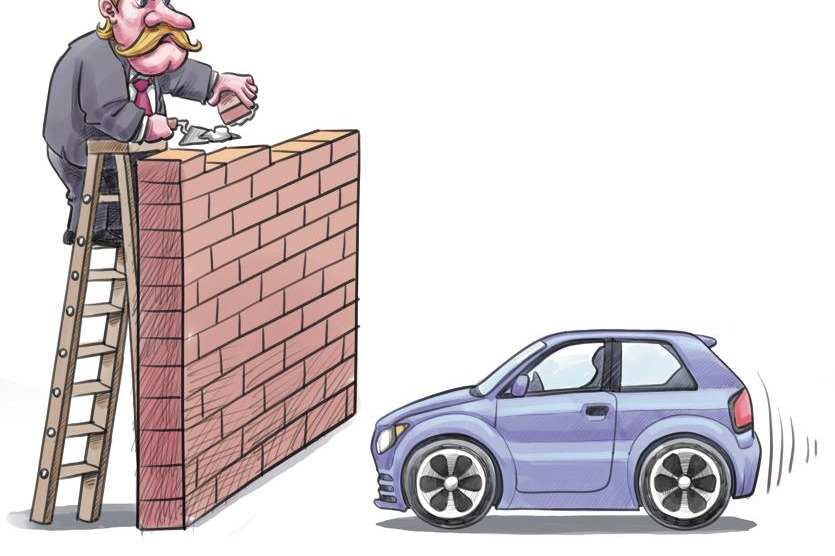The costs of COVID-19 complacency


Unlike markets, the novel coronavirus cannot be "talked down." Delays and unpreparedness in the US and Europe will prove costly to the rest of the world in terms of public health and subsequent economic damage.
Although the epicenter of the outbreak is now Europe, only a few major
economies have launched effective battles against the virus.
Since complacency and inadequate preparedness prevailed outside China until recently, the global pandemic casts a dark shadow over the global economy. Effective global cooperation is urgently needed to reduce the collateral damage.
Costly complacency
Eager to disguise its utter failure in containment and local testing, the US is appealing to the worst racial instincts by calling the virus "Chinese", even against the reprimand of the WHO. This contributes to hate speech, stigmatization and anti-Chinese and anti-Asian incidents in America.
On March 16, the New York Times released a balanced investigative report about the Trump administration's mishandled virus response. A day later, the administration shared with the Times its pandemic report. Ostensibly, the White House hoped to show it was in control. But timelines revealed tell a different story.
Even though the leading US health executives had been monitoring the crisis since early January, and the first COVID-19 case was confirmed in the state of Washington on Jan 20, the White House failed to act on pressing evidence –even despite warnings from the national intelligence community.
Not so long ago, Trump said any danger would pass by April 1. When he finally understood the risks, he botched his error-ridden Oval Office virus address and the subsequent Rose Garden address. Until mid-March, the infection enjoyed a relatively free ride in America.
The pandemic report was clear about the consequences: "A pandemic will last 18 months or longer and could include multiple waves of illness… Increasing COVID -19 suspected or confirmed cases in the US will result in increased hospitalizations among at-risk individuals, straining the health care system." Shortages would ensue.
In the UK, comparable stumbling has caused a similar debacle, which Prime Minister Boris Johnson has tried hard to express in optimistic terms: "We can turn the tide within the next 12 weeks." Yet that cannot be achieved without restrictive measures, which could have been launched weeks ago.
In contrast, German Chancellor Angela Merkel has been blunt: "Not since World War II has our country faced a challenge that has required such a high degree of common and united action. We can succeed as long as everyone truly understands what's needed."
Explosion in the US and Europe
Now the US and Europe are mobilizing, but with a delay of 4 to 8 weeks. On March 23, accumulated confirmed cases worldwide exceeded 330,000 but new cases were increasing by more than 40,000 daily – four times faster than just one week before.
Assuming new cases in China will remain low and imported cases can be quarantined, the volume of accumulated cases could remain less than 85,000 in mid-April. But if cases continue to soar in other countries and regions – particularly in the US and Europe – as in the past week until mid-April, then cases outside China would soar to close to 700,000. Over time, that would result in huge collateral damage in the Middle East, Latin America, Asia and Africa. (Figure)
Figure A conservative trendline scenario
Accumulated confirmed cases through mid-April 2020

This is a conservative projection, however; one based on past realities and all cases today. However, if the acceleration of new cases continues to intensify outside China, the final number could increase to 1.3-2 million or more.
Cooperation is vital
After the restrictive measures are phased out in major economies, some countries are likely to record odd spikes in death rates, particularly in virus risk groups. It is a discrete modern-day version of eugenics, which permits certain policymakers in the West to literally bury their mistakes.
At home, virus carriers may or may not gain adequate immunity. As poorly-enforced quarantines are phased out in certain countries, flows of people, many of which may be infected or carriers, will show up at the borders of countries that have successfully managed the crisis - as already evidenced by the spikes of imported cases in Chinese mainland, Hong Kong Special Administrative Region and Singapore.
What is desperately needed to avoid further nightmare scenarios is multipolar cooperation among major economies and across political differences. In this quest, China, where containment measures have been successful, can show the way, along with major advanced and emerging powers.
The author is the founder of Difference Group who has served at the India, China and America Institute (USA), Shanghai Institutes for International Studies (China) and the EU Center (Singapore).
The opinions expressed here are those of the writer and do not necessarily represent the views of China Daily and China Daily website.

































